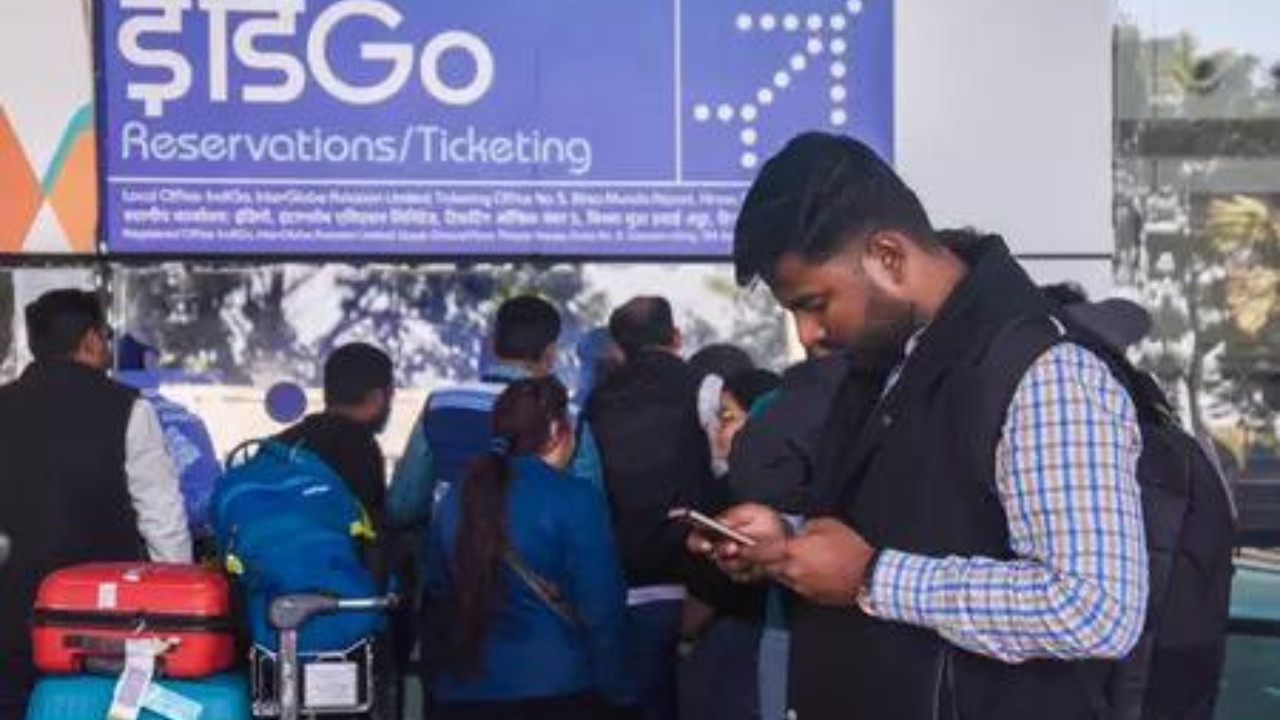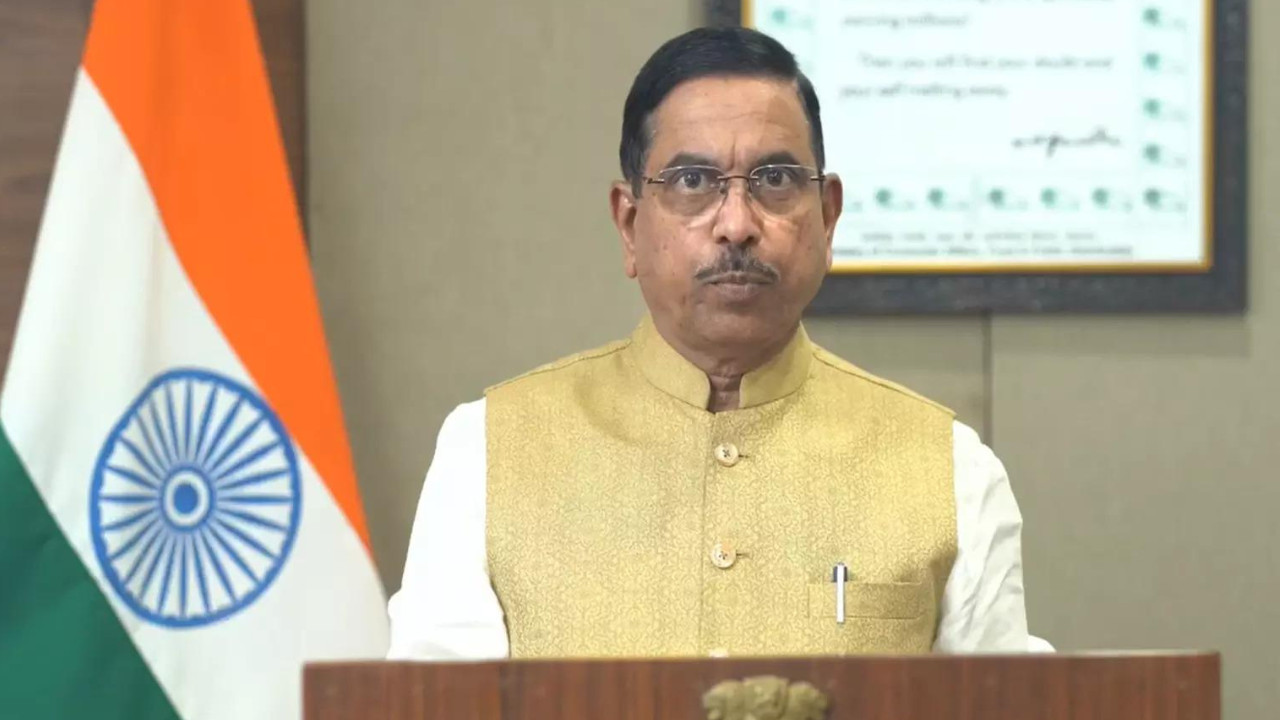Unified Payments Interface (UPI) has overtaken Visa to become the world’s leading real-time payment system, processing over 650 million daily transactions compared to Visa’s 639 million. This milestone, achieved in just nine years, underscores UPI’s rapid growth and potential as a global digital payments leader. Developed by NPCI, UPI dominates India’s electronic retail payments and is expanding internationally.
UPI: The Quiet Revolution Outpacing Visa
Remember when swiping a card felt futuristic? That world feels like a distant memory now, doesn’t it? In India, the digital payments landscape has been completely transformed, and the quiet disruptor at the heart of it all is Unified Payments Interface, or UPI. It’s not just a payment system; it’s a cultural shift, a revolution unfolding in real-time, and it’s leaving established players like Visa in the dust.
The sheer scale of UPI’s success is staggering. Amitabh Kant, former CEO of NITI Aayog, recently highlighted a truly remarkable statistic: UPI processes a mind-boggling 650 million transactions every single day. That’s right, daily. To put that into perspective, it’s a volume that surpasses even Visa’s transaction numbers. Think about all the small vendors, bustling marketplaces, and everyday transactions happening across India. UPI is the invisible thread connecting them all.
This isn’t just about numbers; it’s about accessibility. UPI has democratized digital payments in a way few could have predicted. Previously, digital finance felt exclusive, available primarily to those with credit cards and bank accounts readily accessible online. UPI, however, changed the game. It leverages the ubiquity of smartphones and mobile internet access to bring digital payments to the masses. Suddenly, even the smallest merchant, the roadside vendor, the local artisan can participate in the digital economy.
How UPI Achieved Payment Dominance
So, what’s the secret sauce? Why has UPI become such a dominant force? Several factors contribute to its runaway success.
First, simplicity. UPI is incredibly user-friendly. Linking your bank account is a breeze, and making a payment is as simple as scanning a QR code or entering a UPI ID. The interface is intuitive, even for first-time users, and it’s available in multiple languages, further breaking down barriers to entry.
Second, low transaction costs. For merchants, the cost of accepting UPI payments is significantly lower than traditional card payments. This incentivizes them to adopt UPI and pass on the savings to consumers. This lower overhead also makes it viable for even micro-transactions, think ₹5 or ₹10, to be made digitally, further fueling its adoption.
Third, government backing. The Indian government has actively promoted UPI as part of its broader Digital India initiative. This support has been crucial in building trust and encouraging widespread adoption. The stability and security afforded by governmental support adds weight to UPI as a credible and reliable payment platform.

Fourth, interoperability. UPI is designed to be interoperable between different banks and payment apps. This means that users can use any UPI-enabled app to make payments to any merchant or individual, regardless of which bank they use. This seamless experience is a major driver of adoption. This is in contrast to older systems where specific apps only worked with certain banks.
The Ripple Effect of the UPI Revolution
The impact of UPI extends far beyond just simplifying payments. It’s reshaping the entire Indian economy.
* Financial Inclusion: UPI has brought millions of people into the formal financial system who were previously excluded. This increased financial inclusion has significant benefits for economic growth and development.
* Reduced Cash Usage: UPI is helping to reduce the reliance on cash, making transactions more transparent and easier to track. This has implications for tax collection and combating illicit financial activities.
* Boost to E-commerce: UPI is fueling the growth of e-commerce by making it easier for consumers to make online purchases. The ease of use and low transaction costs are particularly attractive to small businesses and startups looking to expand their online presence. We may see its impact on digital services as a whole, and you can read more about digital transformation here.
* Innovation: The success of UPI has spurred innovation in the fintech sector. New payment solutions and financial services are being developed on top of the UPI platform, further enhancing its value.
What’s Next for Digital Payments?
While UPI is already a phenomenal success, the journey isn’t over. There’s still plenty of room for growth and innovation. The focus now is on expanding UPI’s reach to even more people and businesses, enhancing its security, and exploring new use cases. Cross-border UPI transactions are being explored, potentially revolutionizing international payments. New features like UPI Lite, which enables offline transactions, are constantly being rolled out to improve user experience.
The future of digital payments in India is undoubtedly bright, with UPI leading the charge. It’s a testament to the power of innovation, government support, and a focus on user experience. The UPI story is not just about a payment system; it’s about empowerment, inclusion, and a digital revolution transforming India from the ground up.







